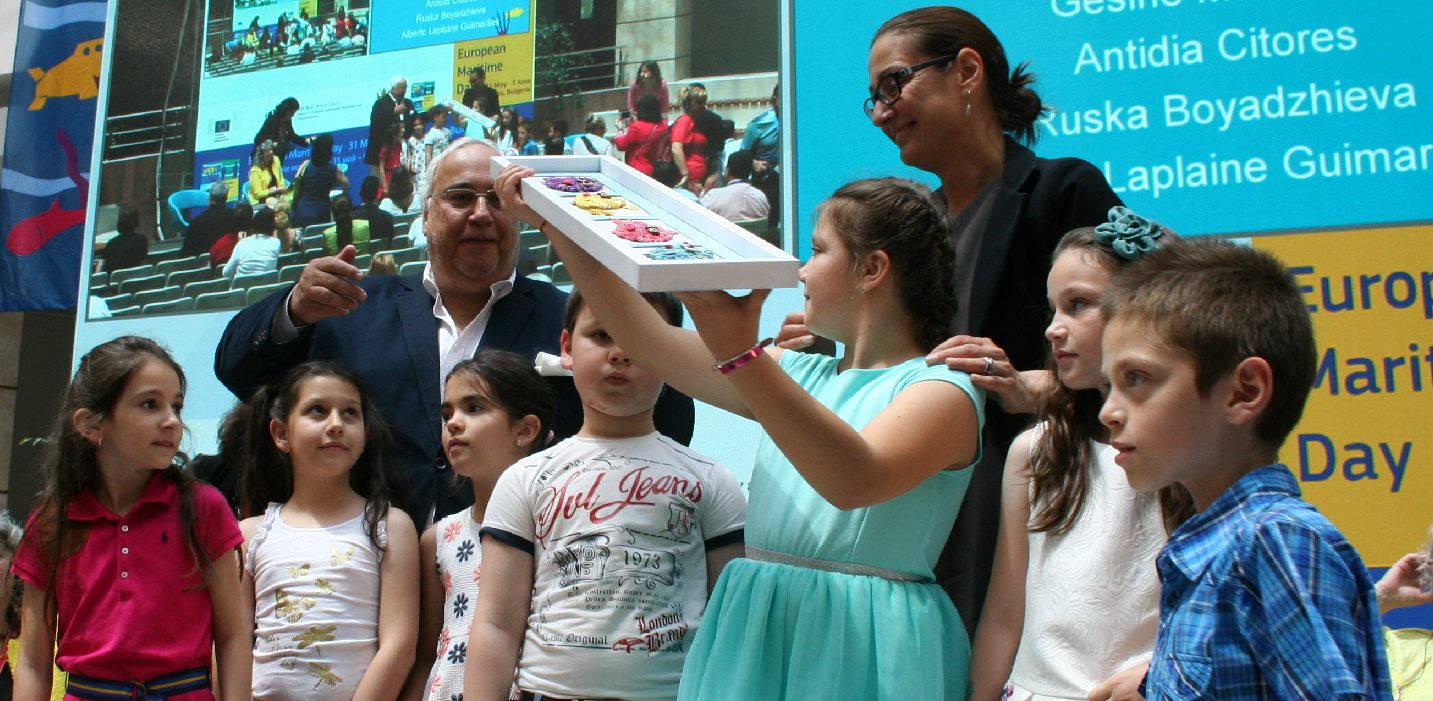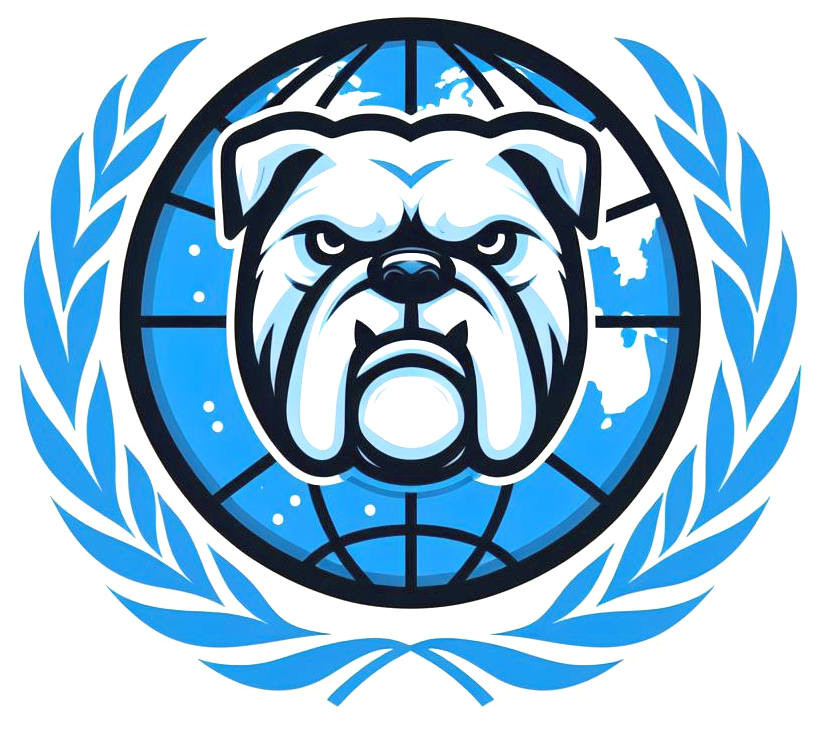|
W
H A T I S O R A N G E G R O W T H ?
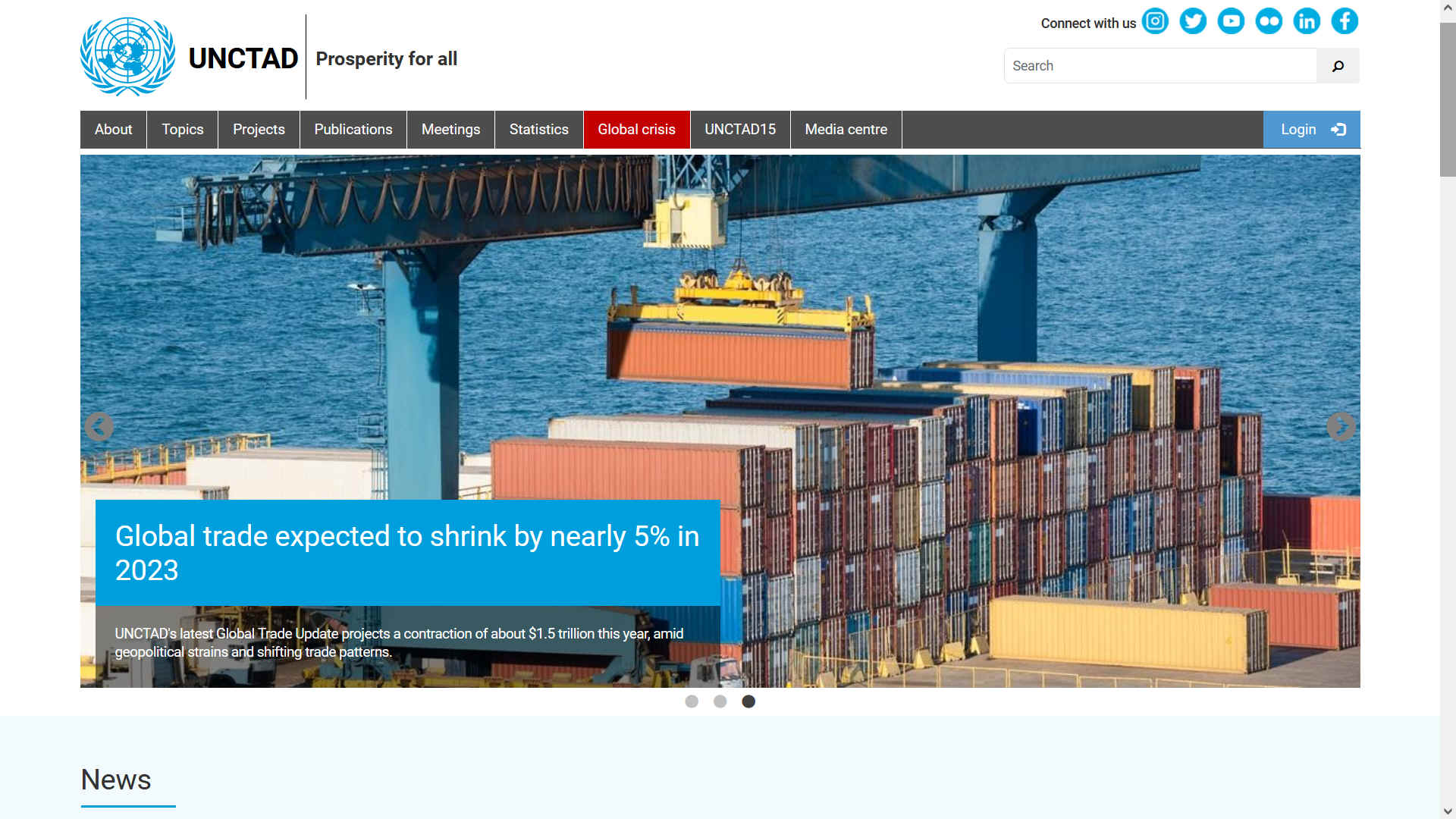
Traditional
growth is not possible sustainably. Politicians are still selling
economic growth, without saying how that is possible in a world that is
subject to global warming, from already super-charged policies that the
planet cannot sustain. They are selling Fordism, instead of Green Growth
CREATIVE
CAMPAIGNING
Creative ocean
activism and awareness campaigns, such as Kulo-Luna
and the JVH2,
firmly place the activities of the Cleaner Ocean Foundation
in the realm of Orange
Growth. Including what is thought to be the
world's fastest hydrogen ship, the Elizabeth
Swann.
The
orange economy refers to the creative economy, or the production of
goods and services that are based on intellectual property such as copyright and
trademarks, or even patents, though for lone inventors, the patent
system at present, is more a mechanism for big business to steal known
how. The exact reverse of what it is supposed to do. The orange economy
encompasses technology,
and cultural inspiration. Some examples of the orange economy are: arts,
media, design, software, and
tourism. The color orange symbolizes creativity and
innovation. The arts are much more supported in terms of intellectual
property rights, where there are no fees, unlike patents or trademarks.
Though, trademarks are relatively affordable, compared to patent
applications. Thus, for creative people, the arts is a better bet - far
more orange - instead of wasting your life in the patent courts.
|
COLOUR |
ECONOMIC
DESCRIPTION |
|
- |
- |
|
SILVER |
LEISURE
& WELL-BEING, NUTRITION, SPORTS, FINANCE,
TRANSPORT & HOUSING |
|
GOLD |
RENEWABLES
(SUNSHINE) ENERGY TO REPLACE FOSSIL FUELS, REPAIR THE
PLANET |
|
ORANGE |
CREATIVE,
INTELLECTUAL PROPERTY, ARTS, MEDIA, CULTURAL &
TECHNICAL |
|
GREEN |
ENVIRONMENTALLY
FRIENDLY, REDUCING POLLUTION, SUSTAINABLE AGRICULTURE
|
|
BLUE |
SUSTAINABLE
OCEAN GROWTH, BLUE ECONOMY, FISHING & PLASTIC
REDUCTION |
|
RED |
MASS
PRODUCTION & CONSUMPTION, UNSUSTAINABLE OVER
BORROWING, EXPLOITATION |
|
PURPLE |
HEALTHCARE
(WHITE) AGING POPULATIONS, SOCIAL, EDUCATION, QUALITY
OF LIFE |
|
BROWN |
FOSSIL
FUEL & NUCLEAR, TRADITIONAL INDUSTRIALIZATION, ENVIRONMENTAL
DEGRADATION |
|
GRAY |
UNDERGROUND
EXPLOITATION OF WORKERS RIGHTS, TAX EVASION, GOVERNMENT CORRUPTION |
|
BLACK |
ILLEGAL
BLACK MARKET & CRIMINAL ECONOMIC ACTIVITIES, TRAFFICKING, DRUGS |
WHAT
IS ORANGE GROWTH ?
The
2021 UN Year of Creative Economy
put the ‘orange economy’ front and centre at a time
when we need creative solutions for the world’s challenges.
The final two months of 2019 marked a major milestone
for the global creative community as the UN moved to ratify a resolution
to make 2021 the International Year of Creative Economy for Sustainable
Development.
This was a hard-won landmark for the creative
industries. It recognizes and elevates the creative economy as an
important tool for building a sustainable, inclusive, and equitable
future.
When the resolution was being negotiated and approved,
no one could anticipate what the intervening year would hold: a status
quo-shattering pandemic. But perhaps what has felt like the end of the
world is the beginning of a new world.
What could be more fitting when entering a new era
than a dedicated focus on creativity and the role it can play in helping
us achieve the 2030 Agenda for
Sustainable Development?
More than ever, we need creative thinking, innovation
and problem solving to imagine ourselves out of the furrow we've been
in. The creative industries, the lifeblood of the creative economy, are
well placed to help.
The creative economy, a long evolving concept, builds
on the interplay between human creativity and ideas and intellectual
property, knowledge and technology. Essentially, it is the
knowledge-based economic activities on which the ‘creative industries’
are based.
The creative industries, an important source of both
commercial and cultural value, include advertising, architecture, arts
and crafts, design, fashion, film, video, photography, music, performing
arts, publishing, research & development, software, computer games,
electronic publishing, and TV/radio.
With the formal announcement of the 2021 United Nations
Year of Creative Economy for Sustainable Development, the creative
economy was finally recognised as a powerful force for good,
livelihoods, social cohesion and economic development through the trade
in creative goods and services.
The announcement also acknowledges the role of
creative industries in supporting entrepreneurship, stimulating
innovation and empowering people, including young people and women,
while preserving and promoting cultural heritage and diversity.
The moment was a culmination of a decade of momentum
behind the creative economy. Since 2008, multiple reports from United
Nations agencies such as UNESCO, UNDP and UNCTAD have set the scene for
an understanding of the creative economy and provided tools to help us
‘count’ culture and creativity.
This meant that in 2015, creativity and culture were
on the agenda for the crafting of the Sustainable Development Goals
(SDGs), leading to their inclusion primarily in SDG
8, but also SDGs
9, 11,
12, and
17.
This is part of an ongoing story in which greater
emphasis has been put on the role of creativity and culture as turnkey
economic sectors, with the bonus of other positive impacts.
The performance of the creative economy in the past
two decades are indicative of both its impact and its potential. 2015
estimates by UNESCO and professional consulting firm EY put the contribution of the creative industries to global GDP at 3%.
UNCTAD, which has been tracking the trade in creative
goods and services for close to 20 years, found that creative economy
export trade growth averaged 7% between 2002 and 2015, often outpacing
the growth rate for other industries. In 2015, UNCTAD pegged the value
of the global market for creative goods at a significant US$509 billion.
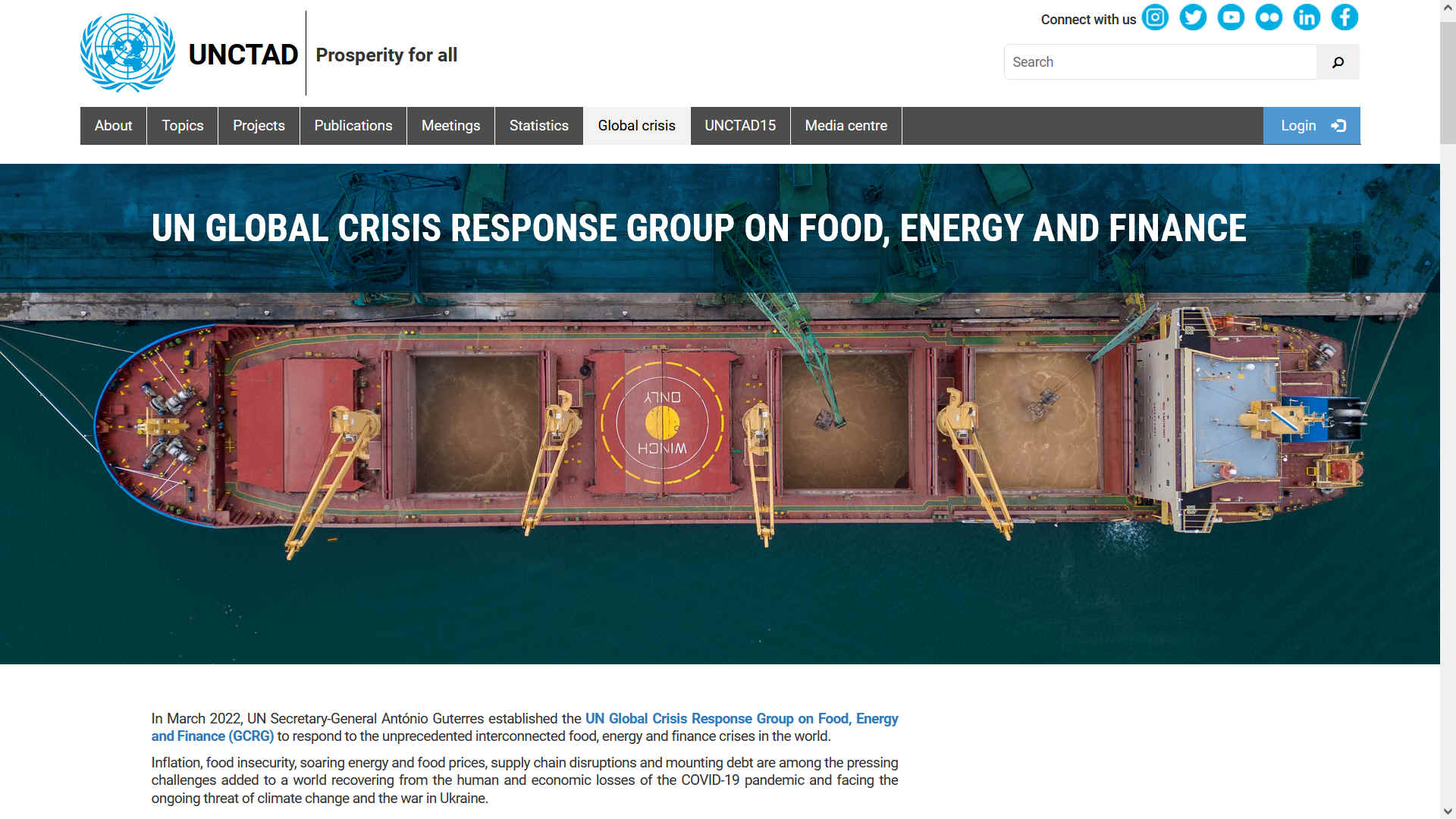
In March 2022, UN Secretary-General António Guterres established the UN Global Crisis Response Group on Food, Energy and Finance (GCRG) to respond to the unprecedented interconnected food, energy and finance crises in the world.
Inflation, food insecurity, soaring energy and food prices, supply chain disruptions and mounting debt are among the pressing challenges added to a world recovering from the human and economic losses of the COVID-19 pandemic and facing the ongoing threat of climate change and the war in
Ukraine. To include other politically tense situations, that could
escalate, to global conflict. But that in any event, already impede
progress in terms of an international Circular Economy.
A CHANCE TO RE-IMAGINE THE CREATIVE
ECONOMY
But
the situation is not all roses and not everyone benefits from the
creative economy equally. Developing countries face many challenges
exporting their creative economy outputs, and we need to do more to
protect intellectual property and improve data analysis for the
industry. 2021 gives us the chance to spotlight both the creative
economy’s value and its challenges.
Before COVID-19 hit, the global creative economy was
growing fast in certain regions. This momentum should not be lost in the
wake of the pandemic; rather, greater investment needs to flow to the
creative industries that have the potential to make localized and high
impact, and help us shift to more sustainable practice.
With a decade to go to reach the SDGs, now is the
moment to clearly map out and demonstrate how culture and creativity fit
into the 2030 Agenda for Sustainable Development Agenda. We also need
to come together to innovate on how to fund the creative and cultural
targets within the SDGs.
Impact
investing can and will play a critical role in this journey. Investment
is the key to unlocking the true potential of the creative industries,
and the returns from the creative economy are both promising and
multi-dimensional – addressing social, cultural, innovation and economic
needs.
ENEMY
OF ORANGE GROWTH
At
the moment the enemies of orange growth are criminals that
violate copyright laws, duplicating DVDs and Blue-ray films, and
then there is plagiarism, in a world desperate for new and
original story concepts. Plus, the high cost of
enforcing legal rights, and clawing back damages from those
who infringe. The other problem concerns the absurdly
high cost of patent protection for budding innovative engineers,
who enter a market where their work may easily be stolen by
big business, and reverse engineered.
Officials,
such as local authorities and even some government departments are
confused by, and do not understand creative
people. They often target them as non-conformists. So
hindering and even destroying the talent in their midst.
Where, the opposite should be part of a supportive agenda. Thus,
educating councils and governments as to the duty to support creativity
should be a priority.
WHY
IS IT CALLED ORANGE
GROWTH?
The
Orange economy, or the creative economy, was given this name in 2011.
The term was coined by British writer John Howkins. It refers to
everything that is developed through people’s creativity and inspiration
that becomes a good or service. It covers everything from a toy to a
play, including the most scientific aspects of
R+D.
The color orange has been historically tied to youth
and happiness. Many consider it to be the color that is the most fun,
often associated with culture and creativity. Furthermore, the name
orange comes from the fruit and a good way to eat an orange is to
squeeze its juice. Something similar occurs with the creative economy –
an orange we can squeeze as many times as needed using intellect.
WHAT DOES THAT MEAN NOW?
According
to the book “La economía naranja. Oportunidad infinita” (The Orange
Economy: Infinite Opportunities), written by economic expert in this
field, Felipe Buitrago, if the creative economy were a product: it would
have the fifth greatest volume of business in the world. If it were a
country, it would be the fourth economic power with a GDP of $4.3
billion, 2.5 times the planet’s military expenditure, and a total of 144
million workers.
There’s also its dramatic growth. According to the
United Nations Conference on Trade and Development (UNCTAD) exports of
creative goods and services rose 134% from 2002 and 2011.
Technological advances and development have brought the orange economy to a boiling point.
ICTs have made great strides in changing the way we
communicate, work and even relate to each other, as we can now be
connected 24 hours a day. On the other hand, the Internet is a window to
the unknown world. Clicking or pressing a tactile screen on our
smartphone or tablet lets us see, learn or explore any issue that
interests us.
Technological advances are generating new spaces for
artists or creative people to develop and innovate: mobile internet, the
Internet of Things, cloud technology, energy storage, 3D printing and
new materials.
That’s why Felipe Buitrago talks about the “third
Industrial Revolution or digital revolution”, and therefore, the “orange
revolution” in his book.
The MGI (McKinsey Global Institute) estimates that
this exponential growth will have an economic impact of $8.8 trillion to
$24.9 trillion over the next 12 years for the technologies listed
above.
With data and figures like these, it’s easy to see
that the Orange Economy is now a fruit that can produce a lot of juice.
|
|
MEMBERS
As of May 2018, UNCTAD has 195 member states: all UN members plus UN observer states Palestine and the Holy See. UNCTAD members are divided into four categories based on United Nations Regional Groups, with six members unassigned: Kiribati, Nauru, South Sudan, Tajikistan, Tuvalu. List A consists mostly of countries in the African and Asia-Pacific Groups of the UN. List B consists of countries of the Western European and Others Group. List C consists of countries of the Group of Latin American and Caribbean States (GRULAC). List D consists of countries of the Eastern European Group.
The lists, originally defined in 19th General Assembly resolution 1995 serve to balance geographical distribution of member states' representation on the Trade Development Board and other UNCTAD structures. The lists are similar to those of UNIDO, an UN specialized agency.
The most recent member is Palestine
LIST OF MEMBERS:
List A (99 members): Afghanistan, Algeria, Angola, Bahrain, Bangladesh, Benin, Bhutan, Bosnia and Herzegovina, Botswana, Brunei Darussalam, Burkina Faso, Burundi, Cambodia, Cameroon, Cape Verde, Central African Republic, Chad, China, Comoros, Côte d'Ivoire, Republic of Congo, Democratic Republic of Congo, Djibouti, Egypt, Equatorial Guinea, Eritrea, Eswatini, Ethiopia, Fiji, Gabon, Gambia, Ghana, Guinea, Guinea-Bissau, India, Indonesia, Iran, Iraq, Israel, Jordan, Kenya, Kuwait, Laos, Lebanon, Lesotho, Liberia, Libya, Madagascar, Malawi, Malaysia, Maldives, Mali, Marshall Islands, Mauritania, Mauritius, Micronesia, Mongolia, Morocco, Mozambique, Myanmar, Namibia, Nepal, Niger, Nigeria, North Korea, Oman, Pakistan, Palestine, Palau, Papua New Guinea, Philippines, Qatar, Rwanda, Samoa, Sao Tome and Principe, Saudi Arabia, Senegal, Seychelles, Sierra Leone, Singapore, Solomon Islands, Somalia, South Africa, Sri Lanka, Sudan, Syria, Tanzania, Thailand, Timor-Leste, Togo, Tonga, Tunisia, Turkmenistan, Uganda, United Arab Emirates, Vanuatu, Viet Nam, Yemen, Zambia, Zimbabwe.
List B (32 members): Andorra, Australia, Austria, Belgium, Canada, Cyprus, Denmark, Finland, France, Germany, Greece, Holy See, Iceland, Ireland, Italy, Japan, Liechtenstein, Luxembourg, Malta, Monaco, Netherlands, New Zealand, Norway, Portugal, San Marino, South Korea, Spain, Sweden, Switzerland, Turkey, United Kingdom, United States.
List C (33 members): Antigua and Barbuda, Argentina, Bahamas, Barbados, Belize, Bolivia, Brazil, Chile, Colombia, Costa Rica, Cuba, Dominica, Dominican Republic, Ecuador, El Salvador, Grenada, Guatemala, Guyana, Haiti, Honduras, Jamaica, Mexico, Nicaragua, Panama, Paraguay, Peru, Saint Kitts and Nevis, Saint Lucia, Saint Vincent and the Grenadines, Suriname, Trinidad and Tobago, Uruguay, Venezuela.
List D (24 members): Albania, Armenia, Azerbaijan, Belarus, Bulgaria, Croatia, Czech Republic, Estonia, Georgia, Hungary, Kazakhstan, Kyrgyzstan, Latvia, Lithuania, Montenegro, Poland, Moldova, Romania, Russia, Serbia, Slovakia, Slovenia, Macedonia, Ukraine, Uzbekistan.
Not assigned countries (6 members): Kiribati, Nauru, South Sudan, Tajikistan, Tuvalu.
Other states that do not participate are Cook Islands, Niue, and the states with limited recognition.
CONTACTS
UNCTAD Secretariat
Intergovernmental Support Service
Palais des Nations
CH-1211 Geneva 10
https://unctad.org/
Fax: 41 22 917 0214
E-mail: meetings@unctad.org
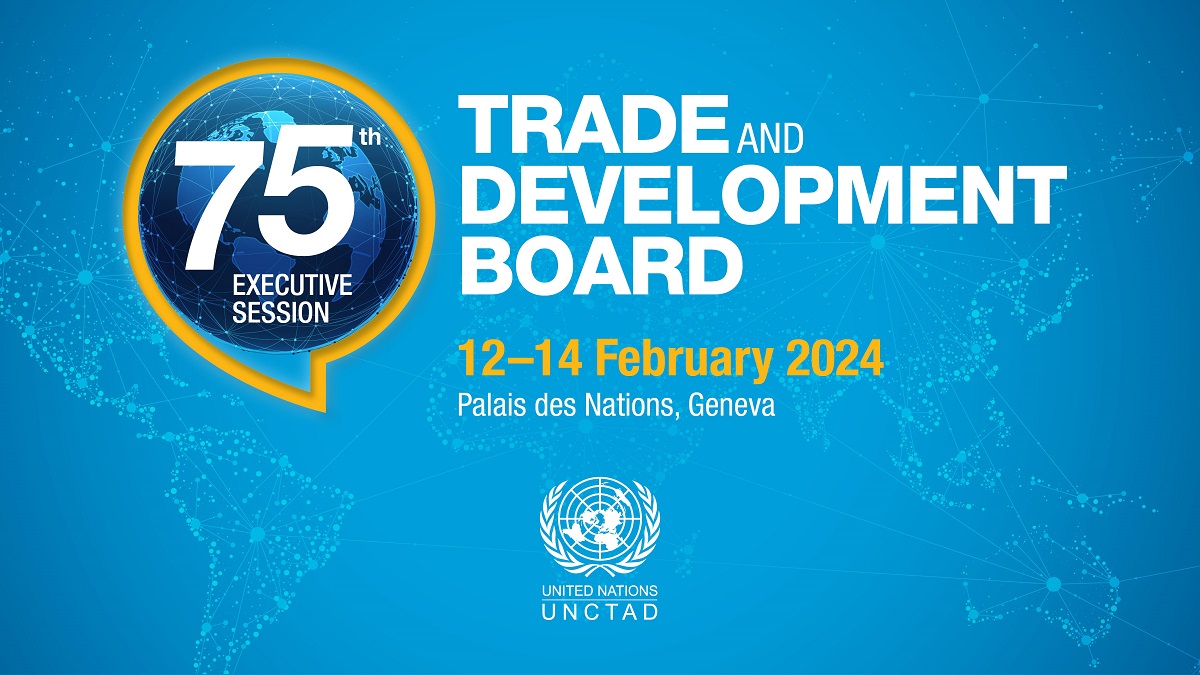
LINKS
& REFERENCE
[1]
https://www.santander.com/en/stories/orange-economy
[2] https://blogs.worldbank.org/jobs/dont-overlook-orange-economy-five-reasons-why-creativity-key-jobs-agenda
[3]
https://elizabethqueenseaswann.com/
[4] https://elizabethqueenseaswann.com/World's_Fastest_Hydrogen_Powered_Boat_Ship_Craft_Ulitimate_Speed_Records_Largest_Vessel.html
[5] https://www.elizabethqueenseaswann.com/Boat_Development_Specifications/Draft_Spcifications_Design_Development_Queen_Seas_Elizabeth_Swann.html
[6] http://innerspacecoadventurestormjohnfranchise.com/
[7] https://kuloluna.com/
[8] https://discuss.leeds.ac.uk/2020/02/26/ghost-fishing-the-spectre-of-unsustainable-scale-haunting-our-seas/
[9] https://www.worldwildlife.org/stories/our-oceans-are-haunted-by-ghost-nets-why-that-s-scary-and-what-we-can-do--25
[10] https://www.bbc.co.uk/newsround/54611811
[11] https://www.theguardian.com/environment/2019/nov/06/dumped-fishing-gear-is-biggest-plastic-polluter-in-ocean-finds-report
[12] https://www.msc.org/en-au/what-we-are-doing/our-collective-impact/what-is-a-fishery/preventing-lost-fishing-gear-and-ghost-fishing
[13] https://www.europarl.europa.eu/doceo/document/A-9-2021-0283_EN.html
[14] https://www.gov.uk/government/publications/boundless-creativity-report/boundless-creativity-report
[15] https://www.oecd.org/cfe/leed/OECD-G20-Culture-July-2021.pdf
[16] https://www.adb.org/publications/creative-economy-2030-imagining-and-delivering-a-robust-creative-inclusive-and-sustainable-recovery
[17] https://www.nlc.org/article/2021/09/22/creativity-sparks-economic-renewal/
[1]
https://www.santander.com/en/stories/orange-economy
[2] https://blogs.worldbank.org/jobs/dont-overlook-orange-economy-five-reasons-why-creativity-key-jobs-agenda
[3]
https://elizabethqueenseaswann.com/
[4] https://elizabethqueenseaswann.com/World's_Fastest_Hydrogen_Powered_Boat_Ship_Craft_Ulitimate_Speed_Records_Largest_Vessel.html
[5] https://www.elizabethqueenseaswann.com/Boat_Development_Specifications/Draft_Spcifications_Design_Development_Queen_Seas_Elizabeth_Swann.html
[6] http://innerspacecoadventurestormjohnfranchise.com/
[7] https://kuloluna.com/
[8] https://discuss.leeds.ac.uk/2020/02/26/ghost-fishing-the-spectre-of-unsustainable-scale-haunting-our-seas/
[9] https://www.worldwildlife.org/stories/our-oceans-are-haunted-by-ghost-nets-why-that-s-scary-and-what-we-can-do--25
[10] https://www.bbc.co.uk/newsround/54611811
[11] https://www.theguardian.com/environment/2019/nov/06/dumped-fishing-gear-is-biggest-plastic-polluter-in-ocean-finds-report
[12] https://www.msc.org/en-au/what-we-are-doing/our-collective-impact/what-is-a-fishery/preventing-lost-fishing-gear-and-ghost-fishing
[13] https://www.europarl.europa.eu/doceo/document/A-9-2021-0283_EN.html
[14] https://www.gov.uk/government/publications/boundless-creativity-report/boundless-creativity-report
[15] https://www.oecd.org/cfe/leed/OECD-G20-Culture-July-2021.pdf
[16] https://www.adb.org/publications/creative-economy-2030-imagining-and-delivering-a-robust-creative-inclusive-and-sustainable-recovery
[17] https://www.nlc.org/article/2021/09/22/creativity-sparks-economic-renewal/
|
|
The Orange Economy, also known as the Creative Economy, is a term that refers to the economic value of cultural and creative activities, such as art, music, film, fashion, design, and video games. These activities are based on the ideas, knowledge, and talents of their creators, and they generate income and jobs for millions of people around the world. According to a report by the United Nations Conference on Trade and Development (UNCTAD), the Orange Economy accounts for 3% of global gross domestic product (GDP) and 30 million jobs
worldwide [1]. The Orange Economy is also a source of innovation, diversity, and social inclusion, as it promotes the expression and preservation of cultural identities, values, and traditions. Some of the benefits of the Orange Economy are:
- It creates opportunities for youth and women, who make up a significant part of the creative workforce in many
countries [2].
-
It fosters entrepreneurship and skills development, as creative workers often need to adapt to changing markets and technologies.
-
It enhances the attractiveness and competitiveness of cities and regions, as cultural and creative industries attract tourists, investors, and talent.
It contributes to the achievement of the Sustainable Development Goals (SDGs), as cultural and creative industries can address challenges such as poverty, education, health, and environmental sustainability.
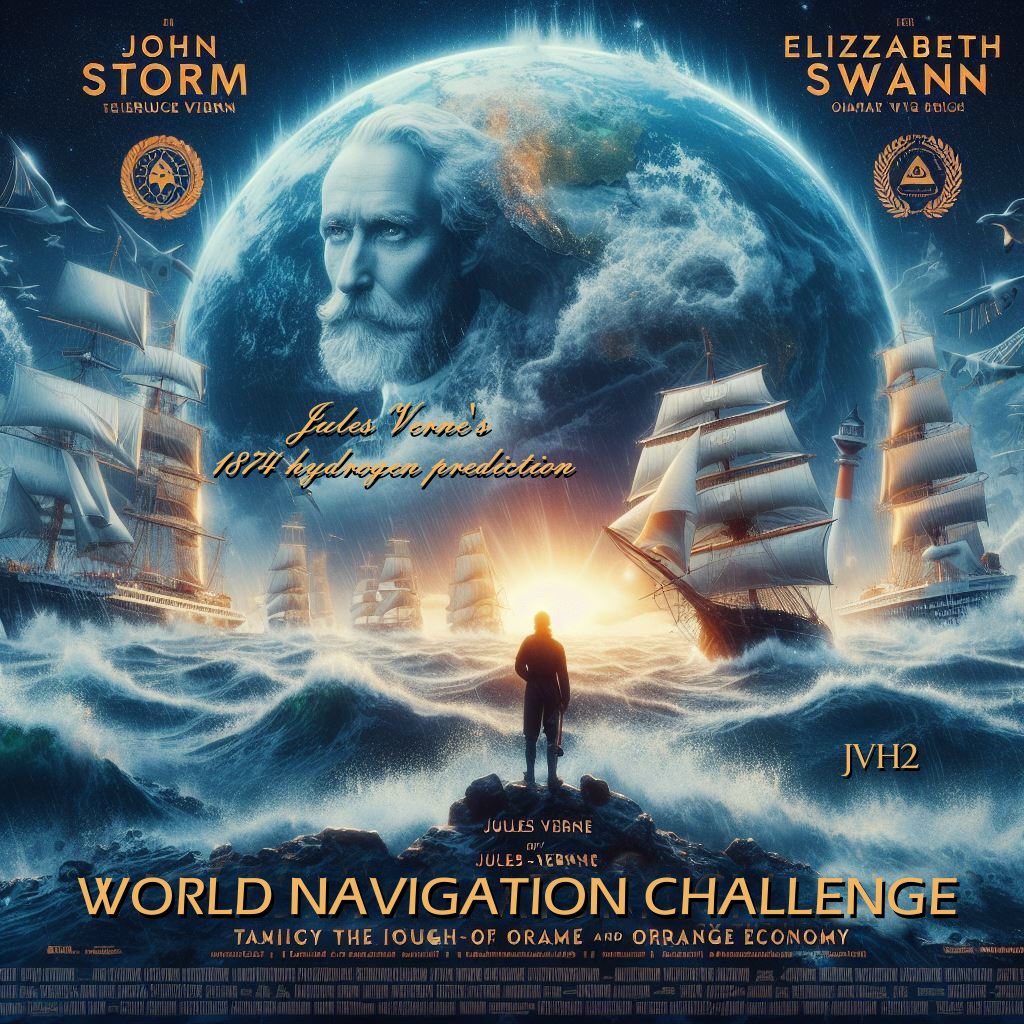
The Orange Economy is a dynamic and growing sector that offers great potential for economic and social development. However, it also faces many challenges, such as lack of data, regulation, financing, and infrastructure. To unleash the full potential of the Orange Economy, it is important to support the creation, production, distribution, and consumption of cultural and creative goods and services, and to protect the rights and interests of the creative workers. It is also essential to foster collaboration and cooperation among different stakeholders, such as governments, private sector, civil society, and international organizations. By investing in the Orange Economy, we can create a more prosperous, inclusive, and diverse world.
only be
a
ORANGE CAMPAIGN EXAMPLE
The Elizabeth Swann hydrogen ship and the John Storm film franchise are examples of creative design and artistic endeavours that could fit within the Orange Economy. The Orange Economy, is the economic value of cultural and creative activities, such as art, music, film, fashion, design, and video games. These activities are based on the ideas, knowledge, and talents of their creators, and they generate income and jobs for millions of people around the world. They also have benefits for innovation, diversity, and social inclusion, as well as for the achievement of the Sustainable Development Goals (SDGs).
The Elizabeth Swann hydrogen ship is a project that aims to demonstrate the feasibility and potential of hydrogen as a clean and renewable energy source for maritime transport. The ship is designed to be the world’s fastest and largest hydrogen powered vessel, capable of travelling up to 4000nm stand alone on hydrogen tanks
[3]. The ship also features onboard artificial intelligence and anti-piracy measures. The project is inspired by the vision of Jules Verne, who in 1874, first proposed water as an energy source, in The Mysterious Island1. The project is also part of the World Hydrogen Challenge, which seeks to promote the use of hydrogen for sustainable mobility and energy transition
[4].
The John Storm film franchise is a flagship example, by way of a series of original stories under development as graphic novels and movie screenplays, featuring the amazing solar and hydrogen powered Elizabeth Swann trimaran and her rugged ocean conservationist captain
[5]. The stories are set in a near-future world where climate
change, overfishing, and pollution have threatened the health and biodiversity of the oceans. The stories explore themes such as friendship, courage, loyalty, and sacrifice, and show how humans and animals can coexist peacefully and harmoniously. The stories also raise awareness of the challenges and opportunities for ocean conservation and restoration, such as
ghost
fishing, coral bleaching, marine
plastic, and blue
carbon [5].

Both the Elizabeth Swann
hydrogen ship and the John Storm film franchise could help economic recovery and awareness of climate and ocean issues by:
- Creating jobs and income for the people involved in the design, production, distribution, and consumption of the ship and the films, as well as for the related sectors, such as tourism,
education, and research.
- Stimulating innovation and creativity in the fields of engineering, technology, art, and storytelling, and fostering collaboration and cooperation among different stakeholders, such as governments, private sector, civil society, and international organizations.
- Educating and inspiring the public, especially the youth, about the importance and beauty of the oceans, and the need and potential for sustainable solutions, such as hydrogen, solar, and circular economy.
- Advocating and campaigning for policy and behavioural changes that support the protection and promotion of the oceans, and the achievement of the SDGs, especially
SDG 14: Life Below Water
[6]
NOTE:
This article is reproduced in part, without permission, under the copyleft
provisions of that organization and our own assertions. The Alliance is a
stand alone organization, not affiliated with the United
Nations, but cooperating with other concerns from time to time, where
there may be a meeting of minds. This especially includes the free press,
who publish many articles criticizing the UN.
We
share many UN objectives, but remain concerned as to the lack of urgency in
implementation, and the lack of legal bite of policies that have been
ratified.
|


